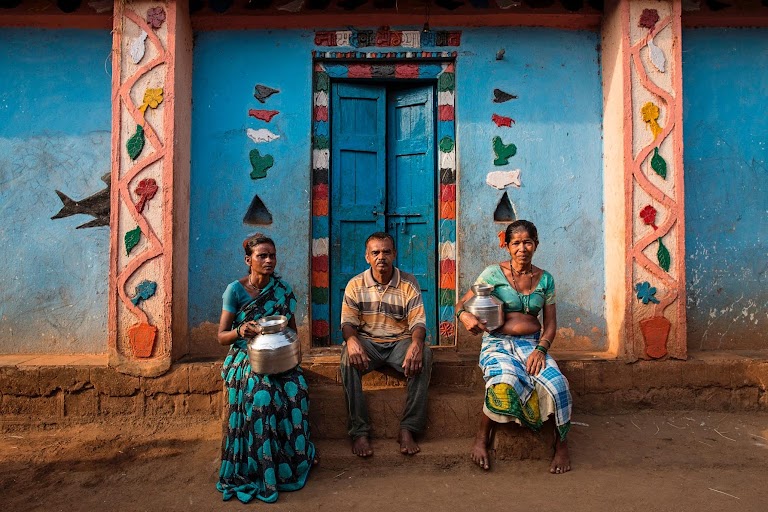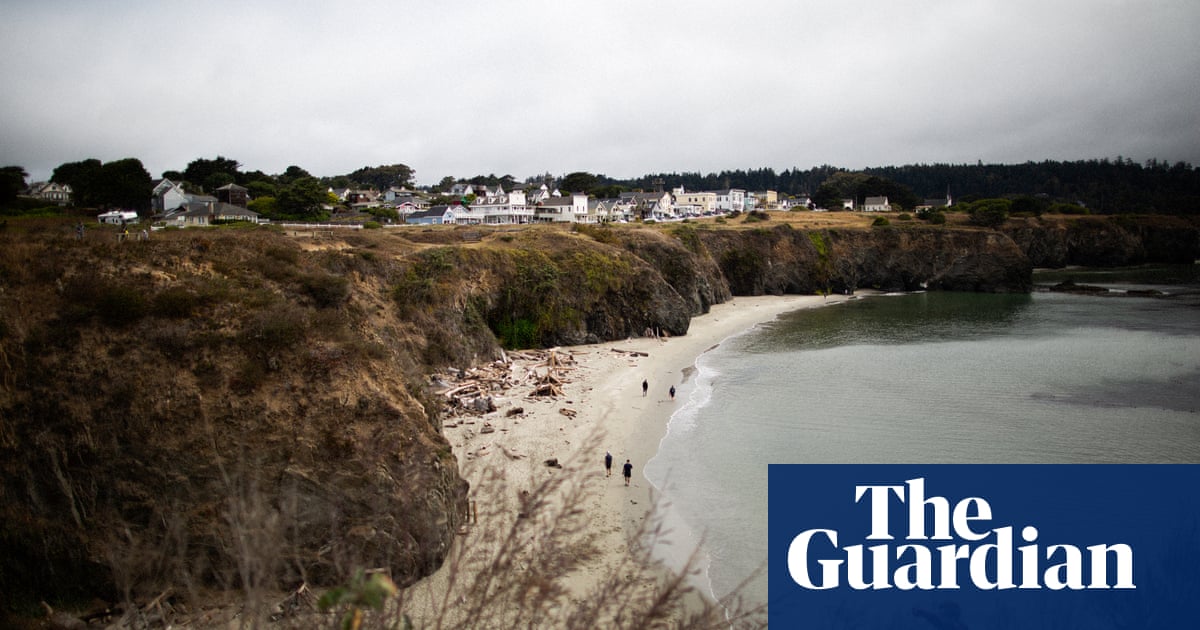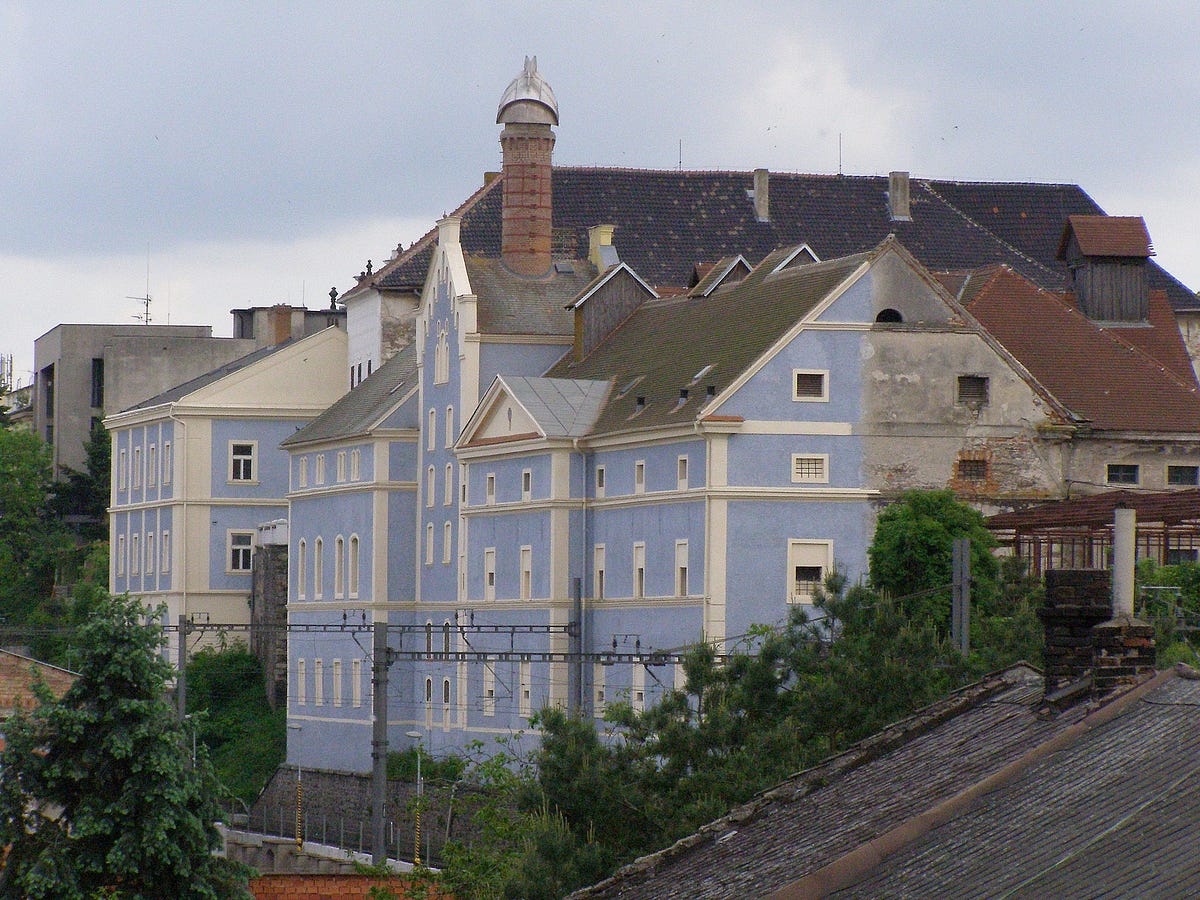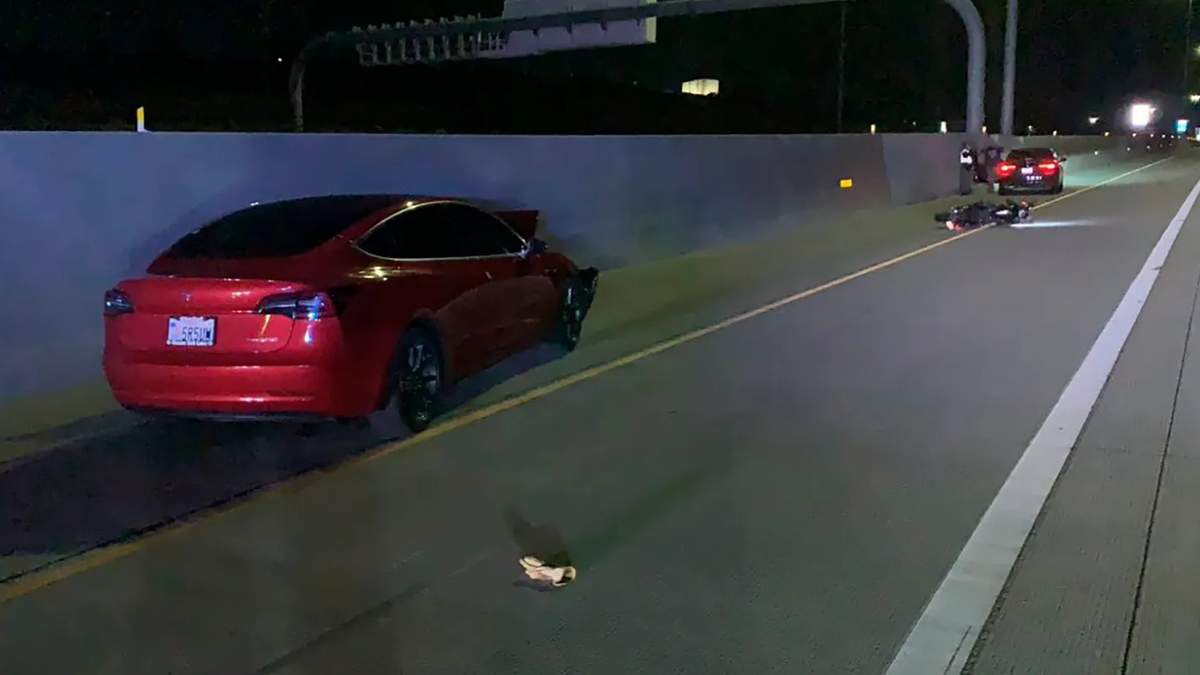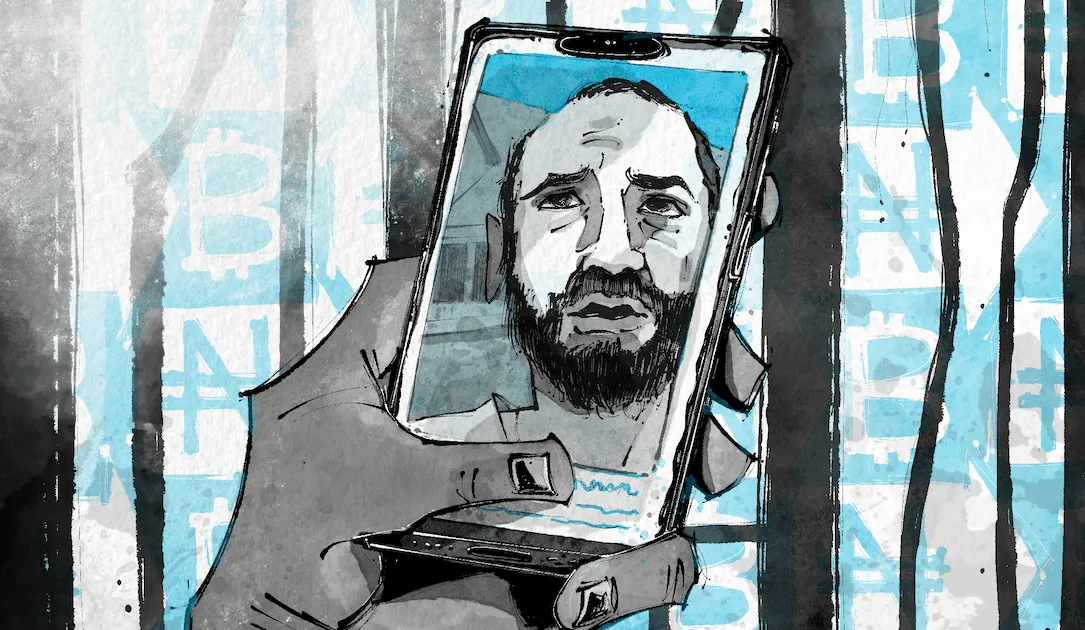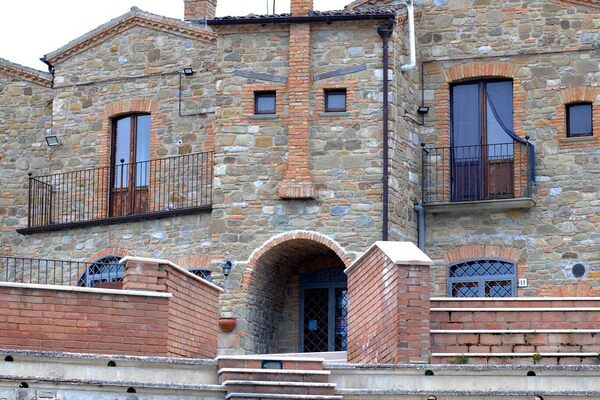
The Italian Village Where the Houses Have Eyes
Lodovico Alessandri remembers the first time he saw the town of Aliano, in 1994. He was “nauseated,” he says, by what seemed to him “a completely broken country,” a decaying hilltop town in a rural area in the instep of Italy’s boot. Fifty-nine years before, the Piedmontese intellectual and artist Carlo Levi had had a similar reaction: “Everything was unpleasant to me,” he wrote. In 1935, Levi was arrested when he reached the region, Basilicata (called Lucania, at the time). He would be confined in Aliano for his anti-fascist ideas, so he can hardly be blamed for his reaction.
Yet this patch of Italy and its people seduced both of them. Levi, who spent a year there, made Aliano famous with his book Christ Stopped at Eboli, an account of his exile in Aliano, which has been translated into more than 30 languages and put a spotlight on the misery of southern Italian peasants. After fascism, Levi returned several times to Aliano as a free man and wanted to be buried there, despite having come from the opposite side of the country.
Alessandri, an architect from Rome, has never stopped frequenting the village since that first encounter, and has organized many initiatives to transform it from decaying to vibrant (if on pause due to the pandemic). This included renovating Levi’s house, with everything inside intact. “Sixty years had passed since those events [in Christ Stopped at Eboli],” he says, “but Aliano has remained crystallized: Everything was like in the book.”
